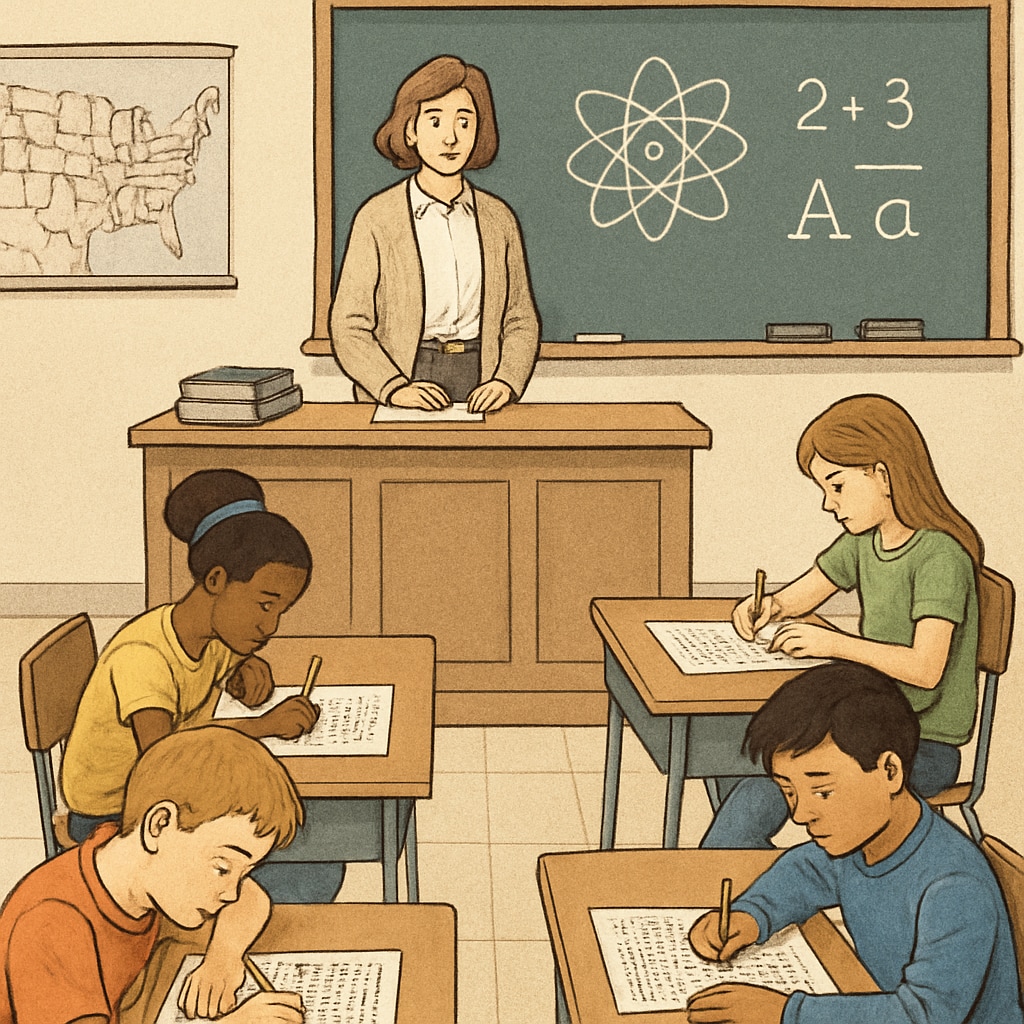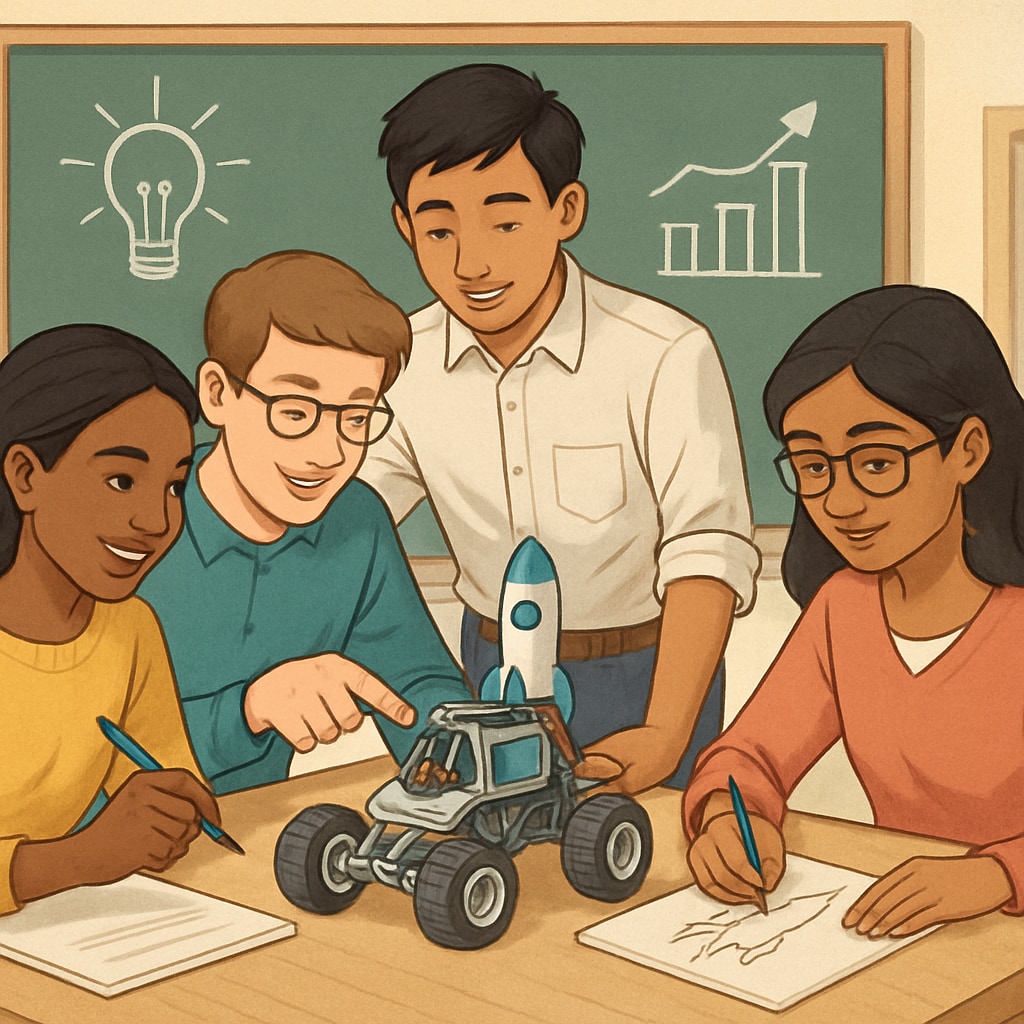Artificial intelligence (AI) is revolutionizing industries, reshaping how we live, work, and learn. Yet, the traditional model of competitive exams for talent selection has remained largely unchanged. This disconnect raises concerns about whether current evaluation systems can truly identify and nurture the diverse talents needed for the AI-driven future. In this article, we explore the limitations of traditional exams and propose innovative approaches to unlock students’ real potential.
The Limitations of Traditional Competitive Exams
Competitive exams have long been the cornerstone of talent selection in education. However, they often emphasize rote memorization and formulaic problem-solving over creativity, critical thinking, and adaptive learning — the very skills that AI cannot replicate. This raises the question: Are we preparing students for the past or the future?
For example, standardized tests typically fail to account for individual learning styles, diverse backgrounds, and unique talents. As a result, many students with exceptional abilities in areas like innovation, emotional intelligence, or interdisciplinary thinking go unnoticed. This one-size-fits-all approach is increasingly misaligned with the demands of the AI era.

Adapting Talent Selection for the AI Era
To meet the challenges of the AI era, education systems must evolve beyond traditional exams. This involves creating more holistic and diversified evaluation methods that prioritize real-world problem-solving, collaboration, and adaptability. Here are some promising directions:
- Project-Based Assessments: Encourage students to work on complex, real-world problems that require interdisciplinary knowledge and teamwork.
- Portfolio Evaluations: Allow students to showcase a range of skills and achievements, from creative projects to community initiatives.
- AI-Assisted Evaluations: Utilize AI tools to analyze nuanced aspects of student performance, such as creativity and decision-making under pressure.
- Soft Skills Testing: Incorporate assessments for communication, empathy, and leadership abilities, which are critical in the AI-driven workforce.
These measures can help shift the focus from mere academic performance to a broader understanding of a student’s potential, better reflecting the complexities of modern life and work.

Collaboration: A Key to Success
Reforming talent selection requires collaboration among educators, policymakers, and technology innovators. Governments must invest in research and development to design and implement these new systems, while schools need to retrain teachers to adopt more flexible and student-centered practices.
In addition, private-sector partnerships can provide valuable insights and resources. For example, companies like Google and Microsoft have been actively developing AI-driven educational tools that could play a role in shaping more effective evaluation methods. According to Education Technology on Wikipedia, such collaborations are essential for pushing the boundaries of what is possible.
The Road Ahead
As AI continues to advance, it is imperative for education systems to keep pace. This means not only integrating AI into the classroom but also rethinking how we evaluate and select talent. By adopting innovative approaches that recognize diverse abilities, we can create a more equitable and effective education system for all.
To achieve this, we must ask ourselves: Are we ready to embrace change? The answer may determine whether we empower the next generation to thrive in an AI-dominated world.
Readability guidance: This article maintains short paragraphs, incorporates lists to summarize key points, and balances technical terms with accessible language. Transition words like “however,” “for example,” and “as a result” ensure smooth flow and coherence.


